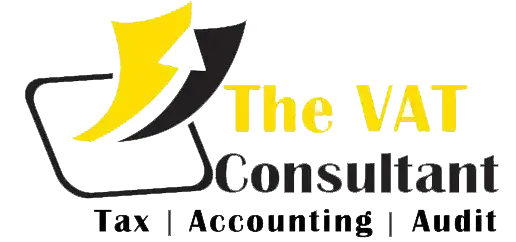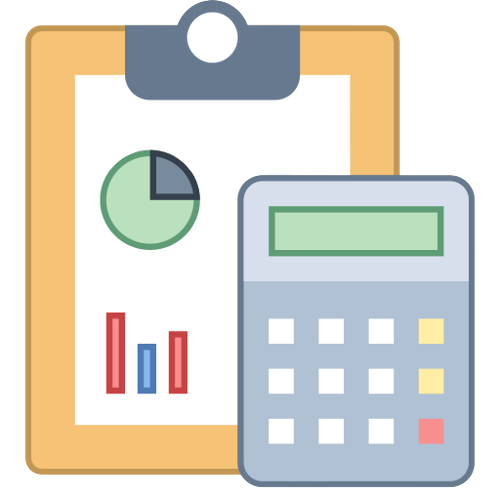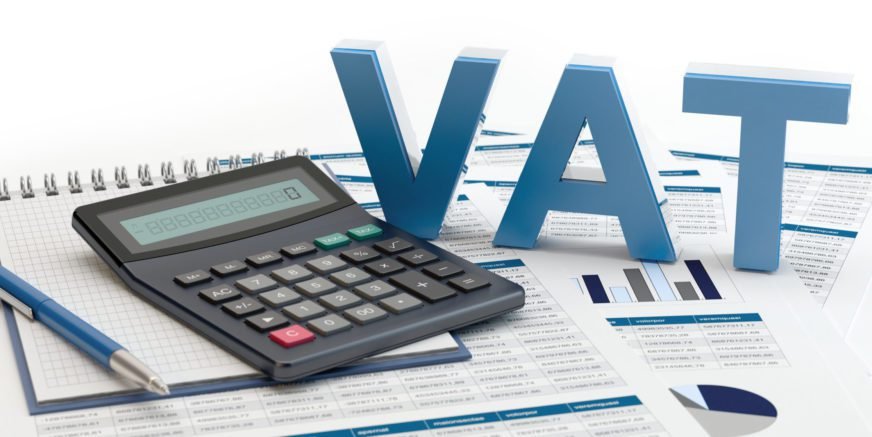The implementation of the first phase (generation phase) of e-invoicing in Saudi Arabia begins on December 4, 2021 and is subject to the e-invoicing regulation Applies to all taxpayers. This first phase requires all compliant businesses to create and store electronic invoices with specific specifications and formats, rather than traditional old invoices.
This major transformation of the Saudi economy towards the digital age brings many benefits to businesses, including fair competition and secure financial data.
The second phase of e-invoicing, also known as the invoicing consolidation phase, is scheduled to begin on January 1, 2023, according to an announcement by the Saudi Zakat, Taxation and Customs Authority (ZATCA).
ZATCA aims to enable taxpayers to connect and integrate electronic invoice generation solutions and devices with his Fatoora portal for validation, authorization and other functions and transactions performed in the second phase of invoicing. It is to do.
The integration phase will be implemented in stages and will be imposed on those covered by e-billing rules based on specific criteria established by the authorities. The first phase will introduce integrated e-invoicing for businesses with taxable turnover exceeding SAR 3 billion in calendar year 2021. Applicable from January 1, 2023 The second stage will be applied from July 1, 2023 to companies with sales of 500 million or more in fiscal 2023.
It will be gradually expanded to the remaining companies, but only if corporations are eligible for electronic billing. It’s important to know how the integration phase works. In this blog, we have explained the workflow to help businesses better understand the concept of e-invoicing.
How does the second phase of e-invoicing work?
Before understanding the workflow of e-invoicing concepts, it is important to understand that there are two major players in an e-invoicing system. It is important to note. The first is business software such as accounting software/ERP, and the second is ZATCA’s electronic billing portal. There is a continuous dialogue between these two when creating an electronic invoice. There are two types of invoices: tax invoices and expedited invoices, so the e-invoice process is slightly different for each invoice, as explained below. Start with a step-by-step guide that explains how e-invoicing systems work.
Electronic Tax Invoice The
electronic invoice process begins with the supplier creating her XML invoice in the specified format using her
Enterprise software. The invoice XML generated by the enterprise software is transferred in real time to the e-invoice portal with release purpose
. During the approval phase, the e-invoice portal validates the invoice details reported by the supplier.
Once the details are successfully verified, the e-invoice portal uses the cryptographic stamp and QR code details to authenticate the invoice.
Once the invoice details are stamped, the e-invoice portal will send his QR code, unique invoice number and other details. to the supplier’s business software
The supplier’s software then adds the QR code and other details to the invoice and issues it to the buyer. In addition, the e-invoices must be stored electronically as mandated during the first stage Electronic
Simple E-Invoices
Unlike tax invoices, which require real-time approval and approval through a portal, Simplified E-Invoices can be authenticated in the enterprise software itself. Therefore, your company’s software solution must be compliant and registered with a simplified e-invoicing portal. Once you register the software, Simple E-Invoice works as follows:
Suppliers create quick invoices (B2C) using compatible software solutions such as ERP and accounting software. Once she registers on the
portal, the software will stamp her QR code on the bill and generate a unique bill number.
The supplier then prints an invoice containing her QR code and issues it to the buyer.
Suppliers must report such early invoices to the electronic billing portal within 24 hours. It is important to note that there is no approval process, only simplified invoice reporting.
Once an invoice is reported, the portal will validate the details and confirm them electronically with the supplier.
You can also Register for VAT Registration on our website:
https://thevatconsultant.com/





























